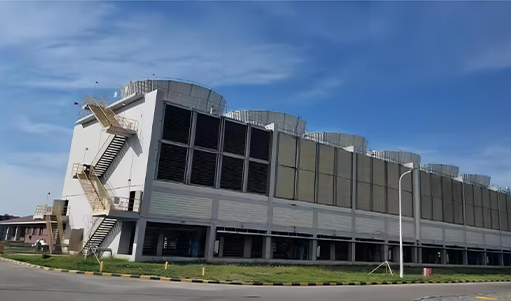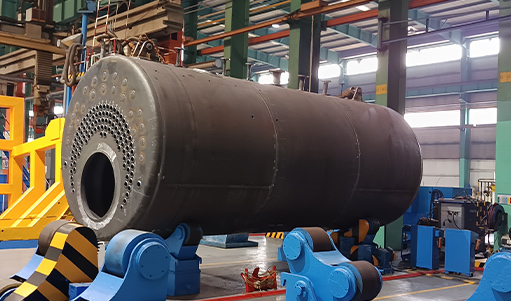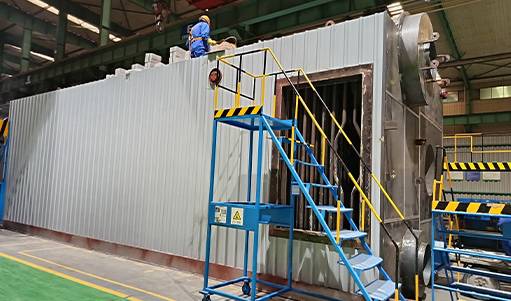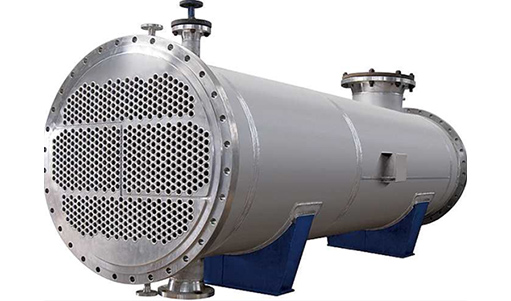
Hybrid Cooling Tower Working Principle
Hybrid cooling tower combines wet cooling (evaporative) and dry cooling (air-cooled) to efficiently manage heat by switching between modes or operating both simultaneously, often using a closed heat exchanger design to protect the process fluid.

The applications of Air Cooled Heat Exchangers
Air cooled heat exchangers (ACHEs) are essential in industries where water scarcity or environmental regulations restrict the use of water-cooled systems. These exchangers transfer heat from fluids (such as water, oil, or refrigerants) to the surrounding air. Here’s a detailed look at their industrial applications.

What Are the Benefits of a Fire Tube Boiler?
A basic boiler design for hot water and steam generation consists of a sealed tank chamber that pumps cold water into the chamber and high-temperature water or steam to the desired application.

The Differences Between a Water Tube Boiler and a Fire Tube Boiler
Water tube boilers and fire tube boilers have some key differences. A fire tube boiler relies on having one tube (for one-pass boilers) or several tubes (for two-pass, three-pass, or four-pass designs) to push heated gas from one end

AIR COOLED HEAT EXCHANGER
Air cooled heat exchangers are used to transfer heat from a process fluid to ambient air. The process fluid is contained within heat conducting tubes.

Advanced Heat Exchanger Technologies
Heat exchangers are a crucial component in various industrial processes, including power generation, chemical processing, and HVAC systems. The efficiency and performance of heat exchangers play a significant role in determining the overall energy consumption and cost of these processes.